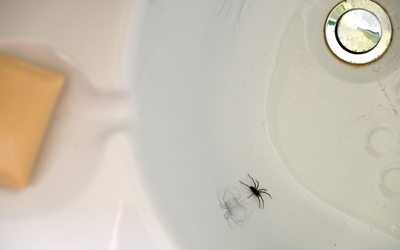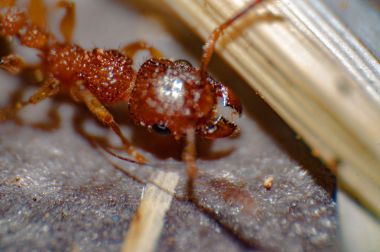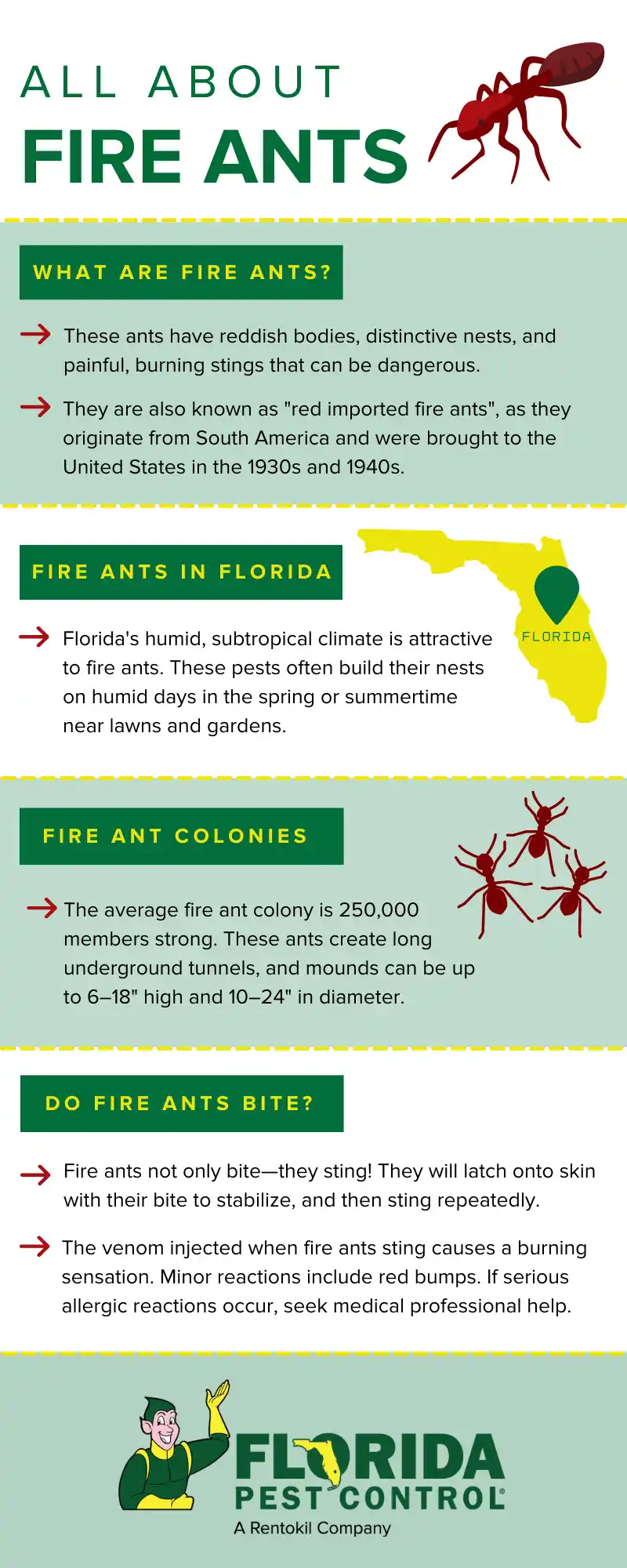The warmth and humidity of spring in Florida draws many species of insects out of their winter habitats to feed and reproduce. Some of these insects are merely a nuisance but some of them can harm people or property. Learn which insects to watch for and what you can do to protect yourself and your home.
Insects That Swarm in Spring
Lovebugs: These small black flies with a red thorax and head are common in Florida during the spring and fall. They are known for their mating swarms, during which large groups of lovebugs can be seen flying together. While they are harmless to humans, their swarms can be a nuisance for drivers and can cause damage to cars if not cleaned off quickly.
Mosquitoes: Mosquitoes are a year-round problem in Florida, but their populations tend to peak in the spring and summer. Female mosquitoes swarm to find a mate and a blood meal, which they need to lay their eggs. Mosquito swarms can be a nuisance for people spending time outdoors, and they can also spread pathogens like West Nile virus and Zika virus.
Termites: Termites are known for their swarming behavior in the spring. In Florida, where the climate is warm and humid, termite swarms can occur as early as February or March. Homeowners should be vigilant for signs of termite activity, as they can cause serious damage to wooden structures.
Ants: Several species of ants are common in Florida, including fire ants, carpenter ants, and Argentine ants. In the spring, these ants may swarm to start new colonies. While they are not usually harmful to humans if not provoked, they can be a nuisance.
Bees: Several species of bees are active in the spring, including honeybees and carpenter bees. Swarms of bees can be dangerous for people who are allergic to bee stings, and homeowners should take care to remove any bee nests or hives near their homes. Particularly carpenter bees, which bore into wood to nest and can do significant damage to wooden structures.
Ways to Thwart Swarming Insects
There are several steps you can take to keep swarming insects away. Here are a few tips:
Eliminate sources of standing water: Mosquitoes and other insects are attracted to standing water, which they use for breeding. Remove any standing water from your property, including in bird baths, flower pots, and other containers.
Be cautious when eating or drinking outside:: Numerous insects, especially wasps, are attracted to food and sugar. If you have a barbecue or picnic, clean up promptly. Put leftovers in sealed containers. Ensure that sugary drinks are covered or sealed.
Maintain your lawn and landscaping: Keep your lawn and landscaping well-maintained to reduce the likelihood of insect infestations. Remove any dead or decaying plant material, and keep bushes and trees trimmed away from your home.
Consult a professional pest control company: If you’re dealing with an insect infestation, contact a professional pest control company, like Florida Pest Control. We can identify the type of insect and recommend the most effective treatment options so you can get back to enjoying your yard or outdoor space this spring.

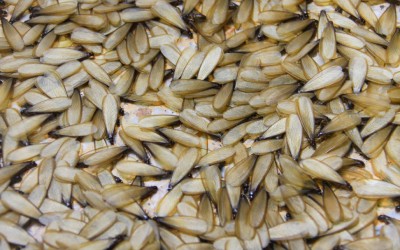
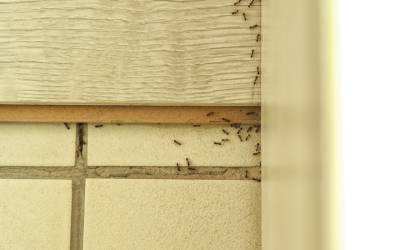
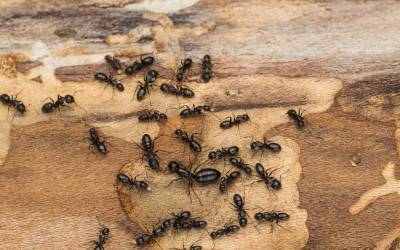
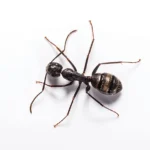
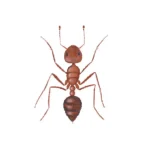
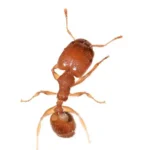
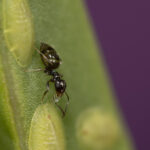 4.
4. 